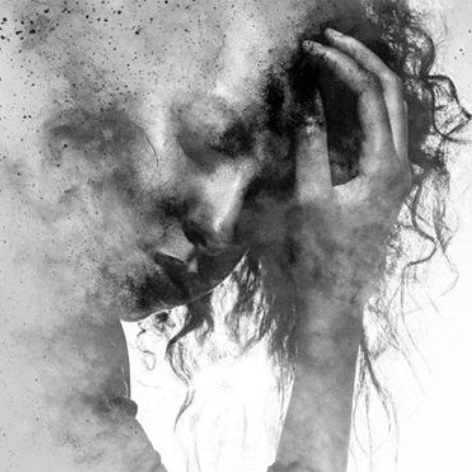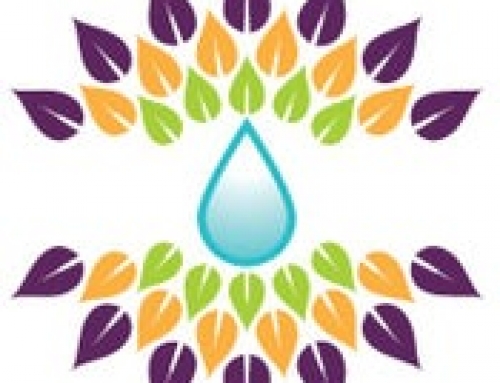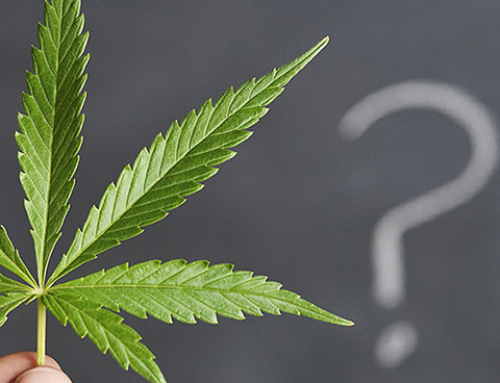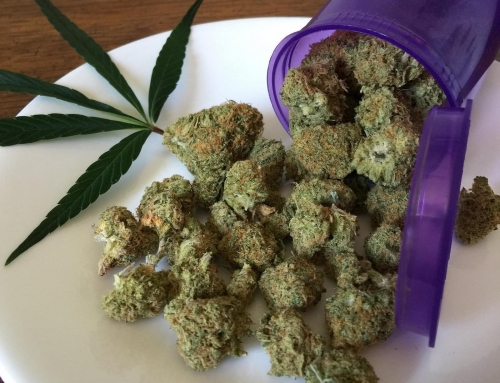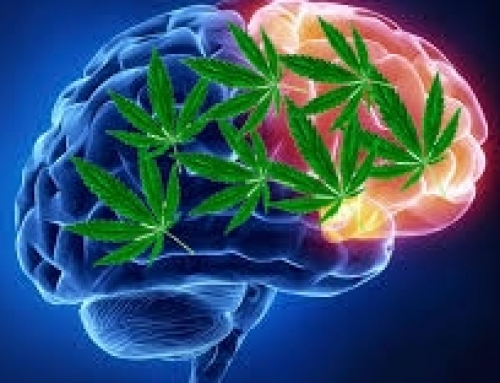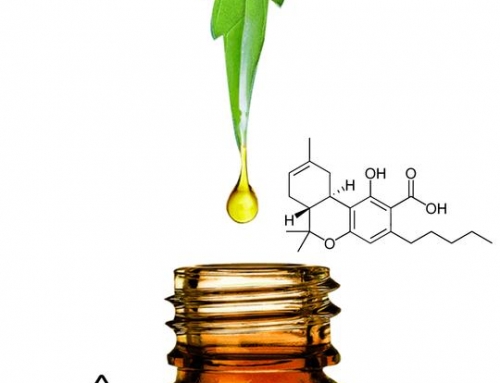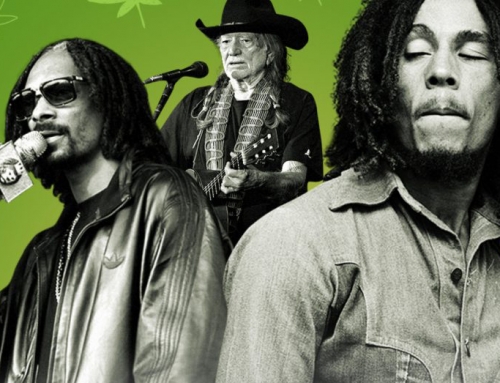Cluster Headaches
Cluster headache, nicknamed “suicide headache”, is a neurological disease that involves an immense amount of pain. “Cluster” refers to the tendency of these headaches to occur periodically, with active periods interrupted by spontaneous remissions. The cause of the disease is currently unknown. It affects approximately 1 in 1,000 people, and men are more commonly affected than women. Cluster headaches are excruciating unilateral headaches of extreme intensity. The duration of the common attack ranges from as short as 15 minutes to three hours or more. The onset of an attack is rapid, and most often without the preliminary signs that are characteristic of a migraine.
The pain of cluster headaches is markedly greater than in other headache conditions, including severe migraines; experts have suggested that it may be the most painful condition known to medical science. Female patients have reported it as being more severe than childbirth. The pain is lancinating or boring/drilling in quality, and is located behind the eye (per orbital) or in the temple, sometimes radiating to the neck or shoulder. Analogies frequently used to describe the pain are a red-hot poker inserted into the eye, or a spike penetrating from the top of the head, behind one eye, radiating down to the neck, or sometimes having a leg amputated without any anesthetic. The headache is accompanied by at least one of the following autonomic symptoms: ptosis (drooping eyelid), miosis (pupil constriction) conjunctival injection (redness of the conjunctiva), lacrimation (tearing), rhinorrhea (runny nose), and, less commonly, facial blushing, swelling, or sweating, all appearing on the same side of the head as the pain. Some sufferers report feeling as though their nose is stopped up and that they are unable to breathe out of one of their nostrils. Secondary effects are inability to organize thoughts and plans, exhaustion (in response to such extreme stress, the body shuts down and only wants to sleep/repair), and depression. Patients tend to dread facing another headache, sometimes they adjust their physical activities or ask for help to accomplish normal tasks, and may also hesitate to schedule plans in reaction to the clock-like regularity of the pain schedule leading to social isolation.
Cluster headaches have been classified as vascular headaches. The intense pain is caused by the dilation of blood vessels that creates pressure on the trigeminal nerve. While this process is the immediate cause of the pain, the etiology (underlying cause or causes) is not fully understood. Recently, researchers have linked low testosterone as a possible cause of cluster headaches. Among the most widely accepted theories is that cluster headaches are due to an abnormality in the hypothalamus. This can explain why cluster headaches frequently strike around the same time each day, and during a particular season, since one of the functions the hypothalamus performs is regulation of the biological clock. Metabolic abnormalities have also been reported in patients.
There is a genetic component to cluster headaches, although no single gene has been identified as the cause. First-degree relatives of sufferers are more likely to have the condition than the population at large.
Tobacco consumption may trigger cluster headaches, and the affliction is often found in people with a heavy addiction to cigarette smoking. In some cases, second hand smoke may trigger cluster headaches. However, it is not clear if there is a causal relationship between smoking and cluster headaches. Some researchers think that people who suffer from cluster headaches may be predisposed to certain traits, including smoking or other lifestyle habits.
Cluster headaches are benign, but because of the extreme and debilitating pain associated with them, and potential risk of suicide, a severe attack is nevertheless treated as a medical emergency. Because of the relative rareness of the condition and ambiguity of the symptoms, some sufferers may not receive treatment in the emergency room and people may even be mistaken as exhibiting drug-seeking behavior.
Treatment / Prevention
Current guidelines suggest the use of the calcium channel blocker verapamil at a dose of at least 240 mg daily. Steroids, such as prednisolone/prednisone, are also effective, with a high dose given for the first five days or longer (in some cases up to 6 months) before tapering down. Methysergide, lithium and the anticonvulsant topiramate are recommended as alternative treatments. In Australia, Neurologist John Watson has also reported success with Epilim and Tegretol in some chronic, treatment-refractory cases. Intravenous magnesium sulfate relieves cluster headaches in about 40% of patients with low serum ionized magnesium levels. Melatonin has also been demonstrated to bring significant improvement in approximately half of episodic patients.
Over-the-counter pain medications (such as aspirin, paracetamol, and ibuprofen) typically have no effect on the pain from a cluster headache. Unlike other headaches such as migraines and tension headaches, cluster headaches do not respond to biofeedback.
Sumatriptan and zolmitriptan have both been shown to improve symptoms during an attack. Some non-narcotic treatments that have shown mixed levels of success are Botox injections along the occipital nerve, as well as sarapin (pitcher plant extract) injections. Lidocaine and other topical anesthetics sprayed into the nasal cavity may relieve or stop the pain, normally in a few minutes, but long-term use is not suggested due to the side effects and possible damage to the nasal cavities.
Previously, vasoconstrictors such as ergot compounds were also used, and sufferers report a similar relief by taking strong cups of coffee immediately at the onset of an attack. Cafergot, a cheap off-the-shelf vasoconstrictor, has been shown to stop cluster headaches within 40 minutes of ingestion. BOL (2-bromo lysergic acid diethylamide), a non-psychedelic form of the ergot-derived psychedelic LSD, has shown promise in the treatment of cluster headaches. Kudzu, a common vine from the Pea subfamily Faboideae, may prove to have a role in the management of cluster headache.
Other abortive remedies that work for some include ice, hot showers, cool or lukewarm water sprayed on the face around the sinus, temple, and ear areas, breathing cold air, application of White Flower analgesic balm beneath the nostrils, caffeine, and drinking large amounts of water in the early stages of an attack. Vigorous exercise has been shown in some cases to be very effective in relieving and aborting an acute attack by increasing the levels of oxygen within the body. This could also be due to an increase in adrenaline and changes in blood pressure. Some people report that sexual intercourse and specifically orgasm may terminate an attack possibly by acutely modulating hypothalamic function. Concentrating one’s thoughts to a remote part of one’s anatomy, such as the opposite little toe, reduced the length of attacks. Headaches are self-perpetuating by concentrating the mind on the symptoms.

Cannabinoids and Cluster Headaches
Research and Testimonials:
In summary, a small number of case reports and survey studies suggest a possible benefit of cannabis for the treatment of acute headaches. Such benefits are plausible due to the pharmacological effects of THC and synthetic cannabinoids. Methodologically rigorous studies to support this view, however, are lacking. Further research in this area seems warranted; especially as more states legalize the use of marijuana for medical purposes. Novel compounds with cannabinoid-like mechanisms of action may hold promise for p
atients with headaches that are refractory to currently available treatment options. It will be important to carefully quantify the harm to benefit balance of such treatments. Many potential users are young people, including women of childbearing potential, and the primary headache disorders are long duration conditions. Such treatments must be held to the same standards of proof applied to other pharmacological interventions for headache.
It has been suggested that one explanation for migraine and other headache disorders, at least in some patients, may be an underlying endocannabinoid deficiency.
There are a number of reasons why naturally occurring cannabis or cannabinoid drugs might have a pharmacologic effect on headaches. Cannabinoids are active in areas of the brain known to be involved in migraine pathophysiology, including areas suspected of being involved in the generation of migraines. The endogenous compound anandamide appears to modulate pain signalling in the central nervous system. It also potentiates 5-HT1A and inhibits 5-HT2A receptors, so effects on serotonergic pain transmission also may be involved in any therapeutic effects on headaches. The data suggests that CB receptors may have therapeutic potential in migraines, cluster headaches or other primary headaches.
Cannabis should be considering a prophylactic when it comes to cluster headaches. One author of this article has had cluster headaches his whole life. It was not properly diagnosed until he was 30 years old. He discovered on his own that smoking good quality cannabis (typically home grown or medical grade) helps prevent them from occurring as often and reduces the severity. Neurologists from the Albert Einstein College of Medicine in New York reported that a 19-year-old patient with a cyclical pattern of cluster headaches responded favorably to smoked cannabis. The patient lacked responsiveness to numerous traditional treatments – including prednisone, sumatriptan (trade name: Imitrex), and oxycodone – but did report, “Marijuana use at the onset of his headaches consistently brought complete relief within five minutes of inhalation for each attack”. Investigators reported that the patient also received relief from the administration of five-milligram doses of synthetic oral THC (dronanabinol).
The second author has found good results recommending CBG to people suffering from cluster headaches especially 1:5 ratios of CBG to CBD. Certain terpenes that are able to directly affect the hypothalmus have also been used to great effect.
Researchers concluded that the beneficial effect may be related to the high concentration of cannabinoid receptors in the hypothalamus, which has been implicated as a site of dysfunction in neuroimaging studies of patients with cluster headaches.

